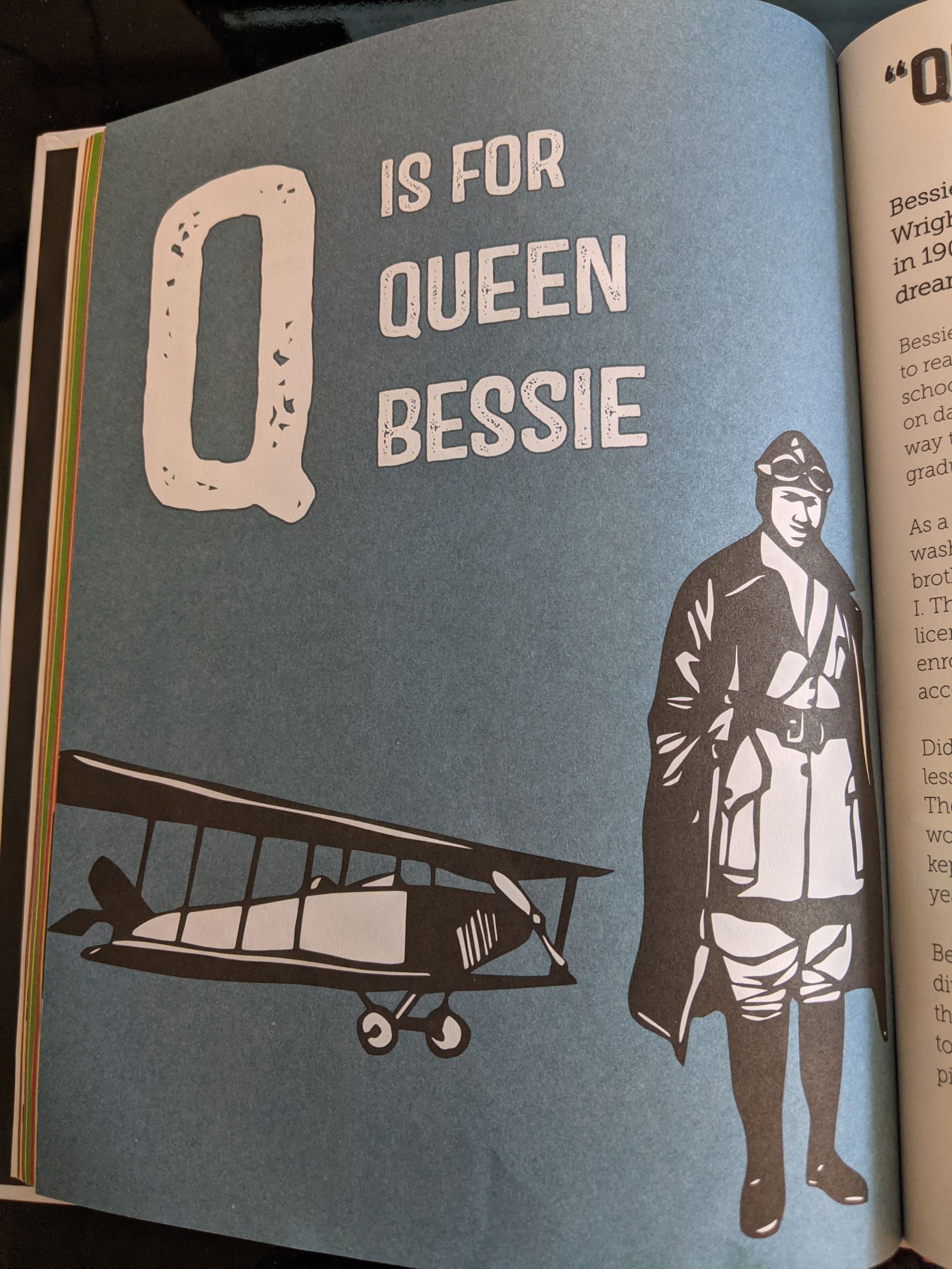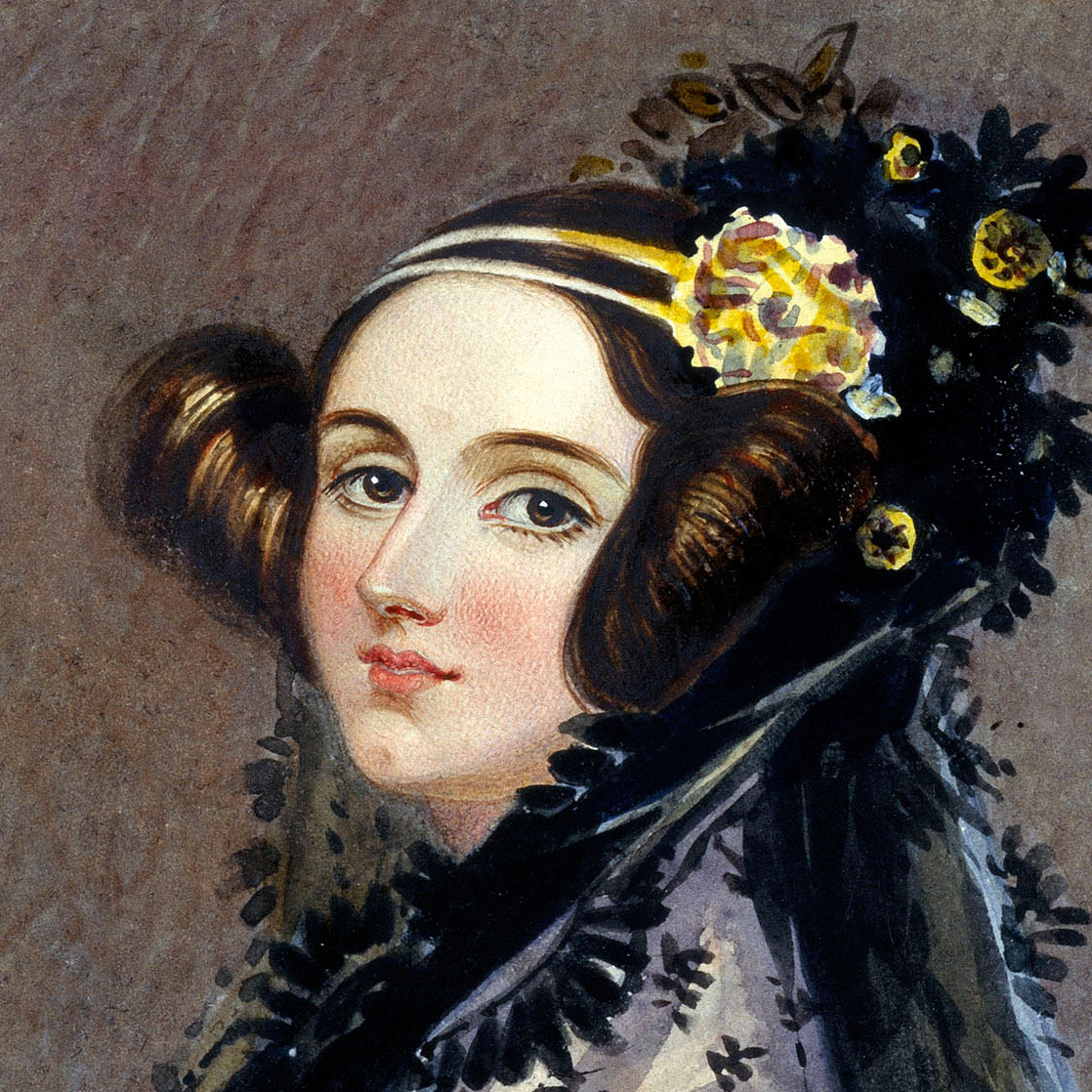Black History Beyond February

Perhaps like me, you got several e-mails during Black History Month about how to learn more. Perhaps like me, you learned some and put other things on a never-ending to-do list. Perhaps it would be helpful for us to share what we learned with each other using our own types of expertise. I wanted to learn more about the Black people highlighted in these e-mails and started by searching our library catalog.
Here is an excerpt from this brief biography of Jane Bolin that describes some of her accomplishments:
Although she never cared to think in these terms, Jane Bolin would often have her name followed with the descriptive, “first black woman to….” In her mind, she was simply following her life’s path, pursuing goals in a profession she cared for deeply, not unlike any other man or woman, black or white. Still, the facts are undeniable that part of Bolin’s life path involved opening doors that had been, until her arrival, closed to African-American women and so the description, while not necessarily welcome, is accurate. Jane Bolin was the first black woman to graduate from Yale Law School, the first black woman to work as corporate counsel for the city of New York, the first black woman to be admitted to the Bar Association of the City of New York and most significantly, the first black woman judge in the United States.
To learn more, you can check out the ebook Daughter of the Empire State: The life of Judge Jane Bolin.
In Charles Richard Drew‘s biography, I learned that in the early 1940s only blood from white donors was used in the military, meaning that “Drew himself, a distinguished African American physician and the director of the blood donor project, would have been unacceptable as a donor.” In response to this, Charles said:
Only extensive education … and an increasing fight on our part to disseminate the scientific facts and raise our levels of achievement can overcome this prejudice which … is founded on ignorance.
If you’d like to read more about this leader, athlete, and surgeon check out the book Charles Richard Drew, Sprinter in Life.
With a career spanning over seven decades, Gerald Wilson worked with jazz greats like Count Basie, Dizzy Gillespie, and John Coltrane. You can read his impressive entry in Contemporary Black Biography and request many of his recordings through our partner libraries, if you’re into CDs. Here’s his “Yard Dog Mazurka”:
You’ve likely heard of Rosa Parks, but have you heard of Claudette Colvin? Here’s what Excluded Within: The (Un)intelligibility of Radical Political Actors has to say:
On March 2, 1955, Claudette Colvin, a fifteen-year-old Black girl in Montgomery, Alabama, rode the city bus home from school. When the driver told her to give up her seat for a middle-aged white woman, despite the empty seats behind and beside her, Colvin refused. She was then arrested, handcuffed, kicked, and dragged off the bus by Montgomery police, who charged her with violation of the segregation statute, assault, and disorderly conduct, humiliating her and threatening her in the process. While the local Black leadership in Montgomery—including the Women’s Political Council and the Montgomery chapter of the NAACP—had been looking for an opportunity to challenge segregation on Montgomery buses in the courts and in the streets, they chose not to rally the boycott around Colvin. The leader of the Women’s Political Council, Jo Ann Robinson, believed Colvin was a good candidate, but the chair of the Montgomery NAACP chapter, E. D. Nixon, was concerned: Colvin came from the wrong part of town; her father drank; she was young, fierce, and outspoken; she was dark-skinned and wore her hair in cornrows. When Nixon visited Colvin’s family to discuss a boycott, he discovered that she was pregnant.
While Colvin and four other women were party to the lawsuit, Browder v. Gayle, that ended de jure segregation of the Montgomery bus system, Colvin was not chosen as the figurehead for the boycott. Neither were the other plaintiffs in the Browder case, including both thirty-six-year-old Amelia Browder herself, who was arrested in April 1955, and eighteen-year-old Mary Louise Smith, who was arrested in October, all for the same crime. Instead, the boycott began the Monday after the arrest of Rosa Parks, on Thursday, December 1, 1955.
Here’s a short animated video providing more context and a video featuring Claudette herself.
Onesimus was harder to find information on, and it’s interesting to note the differences in the brief biographies I did find in the library from Hutchinson’s Biography Database and Black Firsts. The basics are that he introduced inoculation against smallpox to his master during the Boston epidemic of 1721. There is a chapter on Onesimus in the book Created Equal: The Lives and Ideas of Black American Innovators.
Sadly, Bessie Coleman is the only person on this list I had heard about before. I had read many times to my daughter in Rad American Women A-Z that Q is for “Queen Bessie” Coleman, who soared above discrimination:
[Bessie] listened to the tales her brothers told her about the female pilots in France who flew planes in World War I. Then she read about Harriet Quimby, the first American woman to get a pilot’s license. That was that! Bessie decided she was going to be a pilot. She tried to enroll in aviation schools, but everyone one of them turned her down. No one would accept a black woman.
Did that stop Bessie from pursuing her dream? No way! She began taking French lessons and soon raised enough money to travel all the way to Paris, all by herself. There, she was finally accepted into a flying school.
The library has more ebooks about Bessie Coleman for kids and adults too.
What have you learned about Black History? How have your interests and expertise helped you? If you’re willing to share, please comment or send us a message by email, chat, or phone!
First photo courtesy of Nappy, in the public domain
Second photo taken by me, illustration by Miriam Klein Stahl




